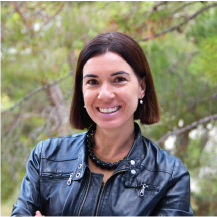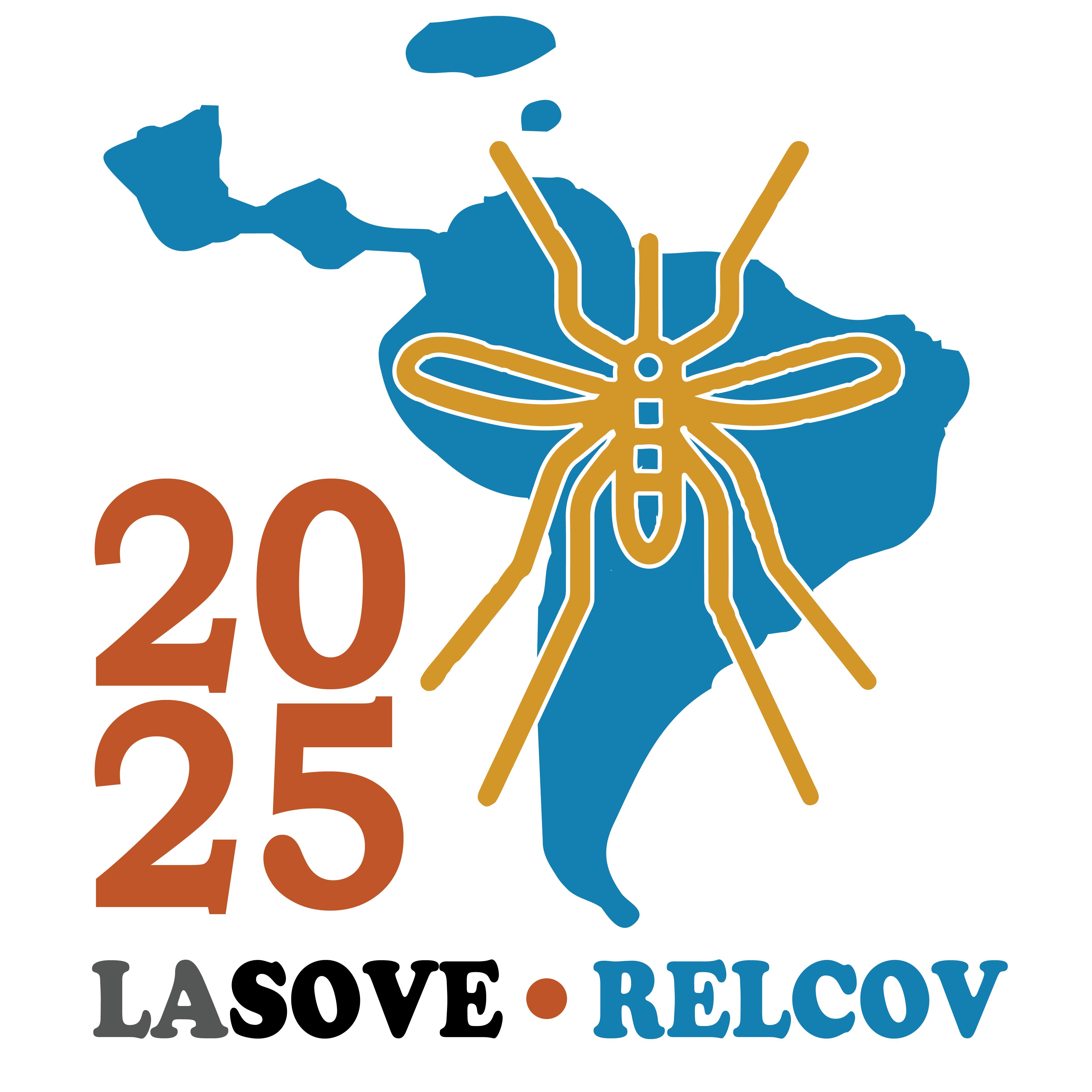Conferencia Dra. Pérez-Hedo
CONFERENCIA
Activation of the citrus immune system as a sustainable strategy for HLB and its psyllid vectors control
Dra. Meritxell PEREZ-HEDO


Dra. Meritxell Pérez-Hedo
Investigadora
Instituto de Biología Molecular y Celular de Plantas (IMBCP)
Doctora Ingeniera Agrónoma por la Universidad de Lleida (UdL), España. Realizó su Postdoctorado en la Florida International University (FIU) en Miami y posteriormente ha desarrollado sus tareas de investigación en España por más de 12 años en el Instituto Valenciano de Investigaciones Agrarias (IVIA) y en la Universidad Jaume I de Castellón. Actualmente, se desempeña como investigadora en el Instituto de Biología Molecular y Celular de Plantas (IBMCP), un centro mixto entre el Consejo Superior de Investigaciones Científicas (CSIC) y la Universidad Politécnica de Valencia (UPV). Se ha especializado en el manejo de las principales plagas que afectan a cultivos de gran importancia económica, tales como: los cítricos, el caqui, el pimiento y el tomate. Además, ha sido pionera en un enfoque novedoso basado en la comunicación con las plantas para estrategias de manejo de plagas y enfermedades. El objetivo de su investigación es dilucidar los mecanismos de defensa de las plantas a través de la comunicación volátil y decodificar su impacto en plagas, patógenos y enemigos naturales.
Créditos de las imágenes utilizadas en esta página web
Diaphorina citri, imagen por USGS Bee Inventory and Monitoring Lab, CC-BY 2.0, Wikimedia Commons (https://commons.wikimedia.org/wiki/File:Citrus_psyllid,hand_sanitizer,_adult,_ft_detrick_2014-05-01-09.43.40_ZS_PMax(15234786967).jpg) | Las imágenes de las personas miembro de los distintos comités de LA SOVE RELCOV 2025 así como las imágenes de los/as oradores/as fueron provistas por las mismas personas para uso exclusivo en esta página web. Los/as autores/as de estas imágenes se reservan el derecho de uso y reproducción de las mismas.
